
An experimental silicon steel has been used in a detailed kinetic and structural study of the bainite transformation in an attempt to resolve some ot the controversies concerning the reaction mechanism. Distinct reaction 'C' curves and transformation mechanisms were observed for the upper and lower bainite reactions. The observed set of three minima in transformation kinetics were found to be incompatible with the solute drag explanation of the kinetic BS temperature. Transmission electron microscopy indicated the growth of both upper and lower bainite by the propagation of displacive subunits, with adjacent nucleation in the latter case. Definite evidence for carbon supersaturation was obtained for the lower bainitic ferrite. The results are best explained in terms of a shear mechanism for the ferritic component of bainite rather than a ledge mechanism. Carbide precipitation events were also characterised and the evidence suggested that precipitation resulted from the aging of a supersaturated matrix in lower bainite. The evidence also suggests that carbide precipitation events are of secondary importance to the essence of bainite formation. It was further proven that the concentp of a metastable equilibrium controlling the transition from upper to lower bainite was not applicable to the present steel, and indeed, if any metastable equilibrium exists in any other steel, it does not constitute a general phenomenon and hence is not essential to the bainite transformation mechanism.
Metallurgical Transactions A, Vol. 10A, 1979, pp. 895-907.
| Bainitic Welds | Magnetic |
| Strong Bainite | Cold Bainite |
| Hard Bainite | Intragranular Bainite |
| Fast Bainite | Upheavals |
| Nucleation | Rate Theory |
| Temper | Mössbauer |
| Review | TRIP |
Movies about Martensite and Bainite |
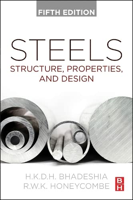 5th edition published 2024 |
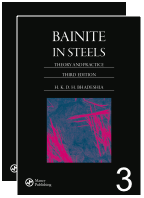 Free download |
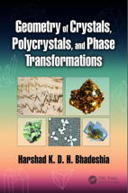 Free download |
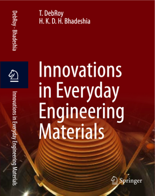 Available |
 Free download Published 2021 |
 Published, 2023 |
 Published 2022 |
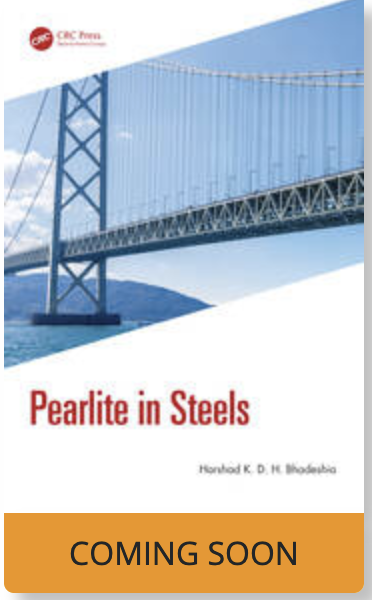 October 8th, 2024 |
| PT Group Home | Materials Algorithms |